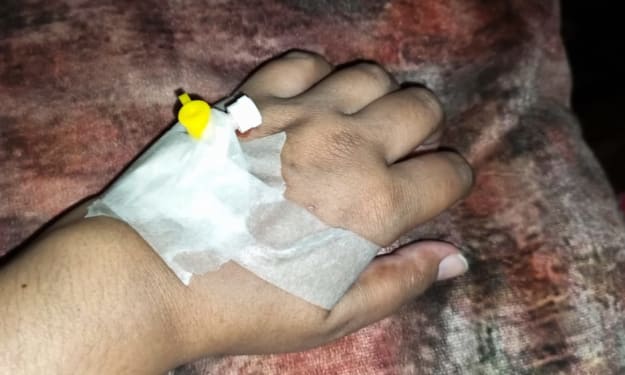Sustainability and Food Safety
Why Appearance Doesn't Always Matter"

Food waste is a significant problem in the United States, with an estimated 119 billion pounds of food being wasted each year, which accounts for nearly 40 percent of all food in America. One of the reasons people discard food is due to a lack of confidence in the quality of the ingredients. However, some foods may only look unappealing but are perfectly safe to consume.
For instance, beef with brown spots may appear unsightly, but it is normal. When beef is freshly cut, it is a maroon color. If the meat is immediately vacuum packaged, it will maintain that hue. However, when exposed to air for 15 minutes or longer, oxygen can cause a change in color to red. Over time, the redness can turn brown due to a biochemical reaction. While grocery store employees grind the meat several times a day to achieve a bright red color, maroon-looking beef is perfectly safe to eat as long as it smells fresh and has been stored properly.
Another example is shrimp with dark lines under the shell. This discoloration is a natural occurrence that takes place after shrimps are taken out of the water and exposed to oxygen. The black lines become more visible over time, but they are harmless and do not impact the safety of the shrimp.
Although many molds are not harmful, moldy yogurt is not safe to eat. Green mold, a form of Penicillium, can be found on the surface of yogurt. While it is possible to scoop out the mold and eat the yogurt beneath it, it is not recommended. Mold can infiltrate the yogurt and make it taste unpleasant. Furthermore, moldy yogurt can cause illness. In 2013, an outbreak linked to a line of yogurt occurred after a fungus released carbon dioxide, causing the product to become fizzy and bloated, resulting in over 200 people getting ill.
Avocados with brown spots inside are safe to eat, although they may not taste as good as fresh avocados. The brown spots occur when avocado tissue cells deteriorate due to being stored at too cold of a temperature for an extended period or being left in the refrigerator for a few weeks before purchase.
Potatoes with green spots are safe to eat as long as you cut away the green parts. The green color comes from solanine, a chemical produced when potatoes are exposed to too much light. Solanine is toxic in large amounts, but the levels found in green spots on potatoes are not harmful as long as you remove the affected areas.
Bananas with brown spots are perfectly fine to eat. In fact, bananas with brown spots are actually healthier than those without because they contain higher levels of antioxidants and are easier to digest. The brown spots are simply a sign of ripeness and do not affect the safety or quality of the fruit.
Canned food that has a dent or bulge is often safe to eat as long as the can is not leaking, rusted, or severely dented. Dents can occur during the shipping process, and bulges can be caused by the buildup of gases inside the can.
It's important to note that while some foods may look strange but are still safe to eat, there are also foods that may look perfectly fine but are actually unsafe due to contamination or spoilage. For example, cooked rice that has been left at room temperature for too long can develop harmful bacteria that can cause food poisoning. Similarly, fresh produce that has been contaminated with harmful bacteria, such as E. coli, can look perfectly fine but still pose a risk to your health.
To reduce food waste and ensure food safety, it's important to store and handle food properly. Always wash your hands before handling food, and store perishable items in the refrigerator or freezer. Check the expiration dates on packaged foods, and use your senses. This can help you make more informed decisions about the foods you consume and reduce food waste in the process.
About the Creator
Enjoyed the story? Support the Creator.
Subscribe for free to receive all their stories in your feed. You could also pledge your support or give them a one-off tip, letting them know you appreciate their work.





Comments
There are no comments for this story
Be the first to respond and start the conversation.